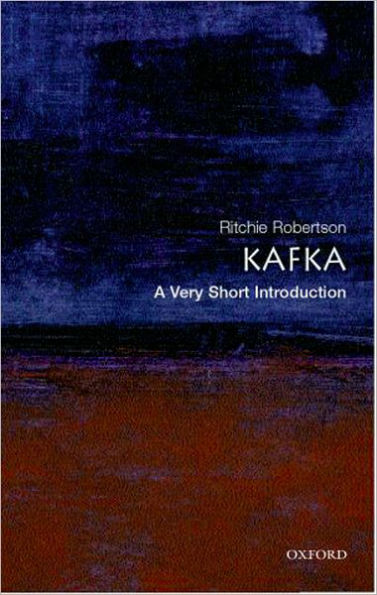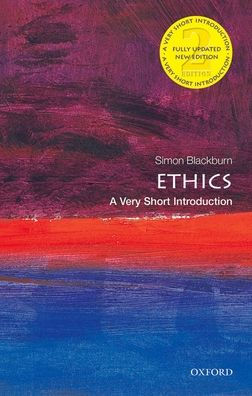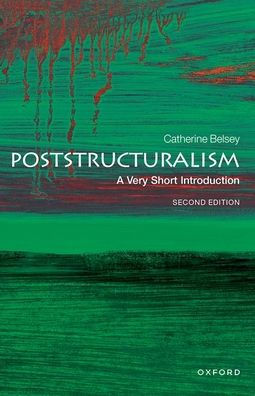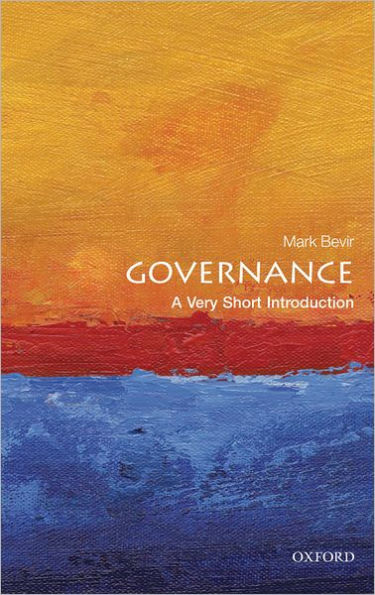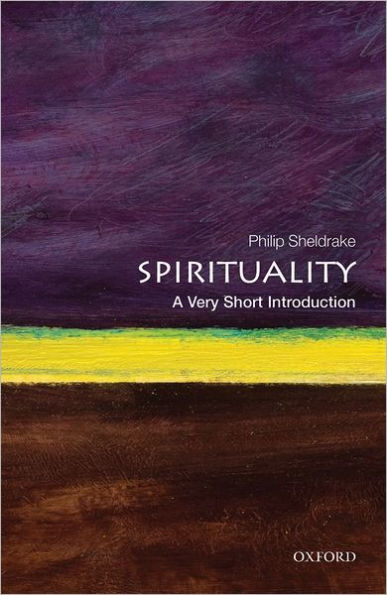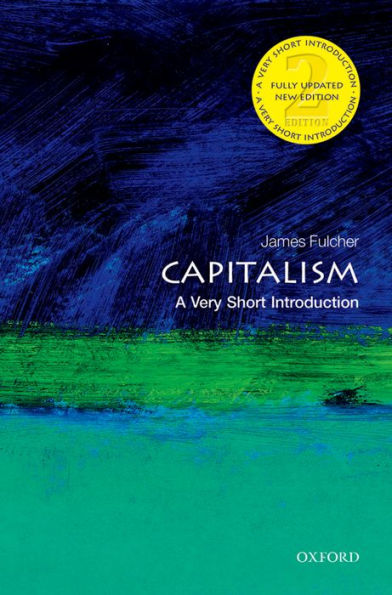Home
Romanticism: A Very Short Introduction
Barnes and Noble
Loading Inventory...
Romanticism: A Very Short Introduction in Franklin, TN
Current price: $12.99
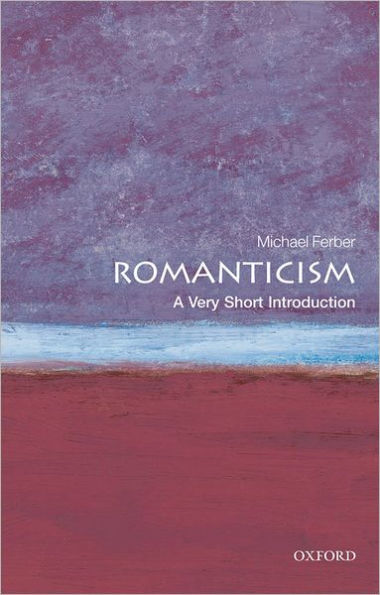
Barnes and Noble
Romanticism: A Very Short Introduction in Franklin, TN
Current price: $12.99
Loading Inventory...
Size: Paperback
In this
Very Short Introduction
, Michael Ferber explores Romanticism during the period of its incubation, birth, and growth, covering the years roughly from 1760 to 1860. This is the only introduction to Romanticism that incorporates not only the English but the Continental movements, and not only literature but music, art, religion, and philosophy. Balancing lively details with intriguing topics, it sheds light on such subjects as the "Sensibility" movement, which preceded Romanticism; the rising prestige of the poet as inspired prophet; the suffering and neglect of the poet; the rather different figure of the "poetess"; Romanticism as a religious trend; Romantic philosophy and science; and Romantic responses to the French Revolution, the Orient, gypsies, and the condition of women. Ferber offers a definition and several general propositions about this very diverse movement, as well as a discussion of the word "Romantic" and where it came from. Finally, some two hundred authors or artists are cited or quoted, many at length, including Blake, Wordsworth, Coleridge, Byron, Shelley, Keats, Emerson, Hugo, Goethe, Pushkin, Beethoven, Berlioz, Chopin, and Delacroix.
Very Short Introduction
, Michael Ferber explores Romanticism during the period of its incubation, birth, and growth, covering the years roughly from 1760 to 1860. This is the only introduction to Romanticism that incorporates not only the English but the Continental movements, and not only literature but music, art, religion, and philosophy. Balancing lively details with intriguing topics, it sheds light on such subjects as the "Sensibility" movement, which preceded Romanticism; the rising prestige of the poet as inspired prophet; the suffering and neglect of the poet; the rather different figure of the "poetess"; Romanticism as a religious trend; Romantic philosophy and science; and Romantic responses to the French Revolution, the Orient, gypsies, and the condition of women. Ferber offers a definition and several general propositions about this very diverse movement, as well as a discussion of the word "Romantic" and where it came from. Finally, some two hundred authors or artists are cited or quoted, many at length, including Blake, Wordsworth, Coleridge, Byron, Shelley, Keats, Emerson, Hugo, Goethe, Pushkin, Beethoven, Berlioz, Chopin, and Delacroix.
In this
Very Short Introduction
, Michael Ferber explores Romanticism during the period of its incubation, birth, and growth, covering the years roughly from 1760 to 1860. This is the only introduction to Romanticism that incorporates not only the English but the Continental movements, and not only literature but music, art, religion, and philosophy. Balancing lively details with intriguing topics, it sheds light on such subjects as the "Sensibility" movement, which preceded Romanticism; the rising prestige of the poet as inspired prophet; the suffering and neglect of the poet; the rather different figure of the "poetess"; Romanticism as a religious trend; Romantic philosophy and science; and Romantic responses to the French Revolution, the Orient, gypsies, and the condition of women. Ferber offers a definition and several general propositions about this very diverse movement, as well as a discussion of the word "Romantic" and where it came from. Finally, some two hundred authors or artists are cited or quoted, many at length, including Blake, Wordsworth, Coleridge, Byron, Shelley, Keats, Emerson, Hugo, Goethe, Pushkin, Beethoven, Berlioz, Chopin, and Delacroix.
Very Short Introduction
, Michael Ferber explores Romanticism during the period of its incubation, birth, and growth, covering the years roughly from 1760 to 1860. This is the only introduction to Romanticism that incorporates not only the English but the Continental movements, and not only literature but music, art, religion, and philosophy. Balancing lively details with intriguing topics, it sheds light on such subjects as the "Sensibility" movement, which preceded Romanticism; the rising prestige of the poet as inspired prophet; the suffering and neglect of the poet; the rather different figure of the "poetess"; Romanticism as a religious trend; Romantic philosophy and science; and Romantic responses to the French Revolution, the Orient, gypsies, and the condition of women. Ferber offers a definition and several general propositions about this very diverse movement, as well as a discussion of the word "Romantic" and where it came from. Finally, some two hundred authors or artists are cited or quoted, many at length, including Blake, Wordsworth, Coleridge, Byron, Shelley, Keats, Emerson, Hugo, Goethe, Pushkin, Beethoven, Berlioz, Chopin, and Delacroix.


